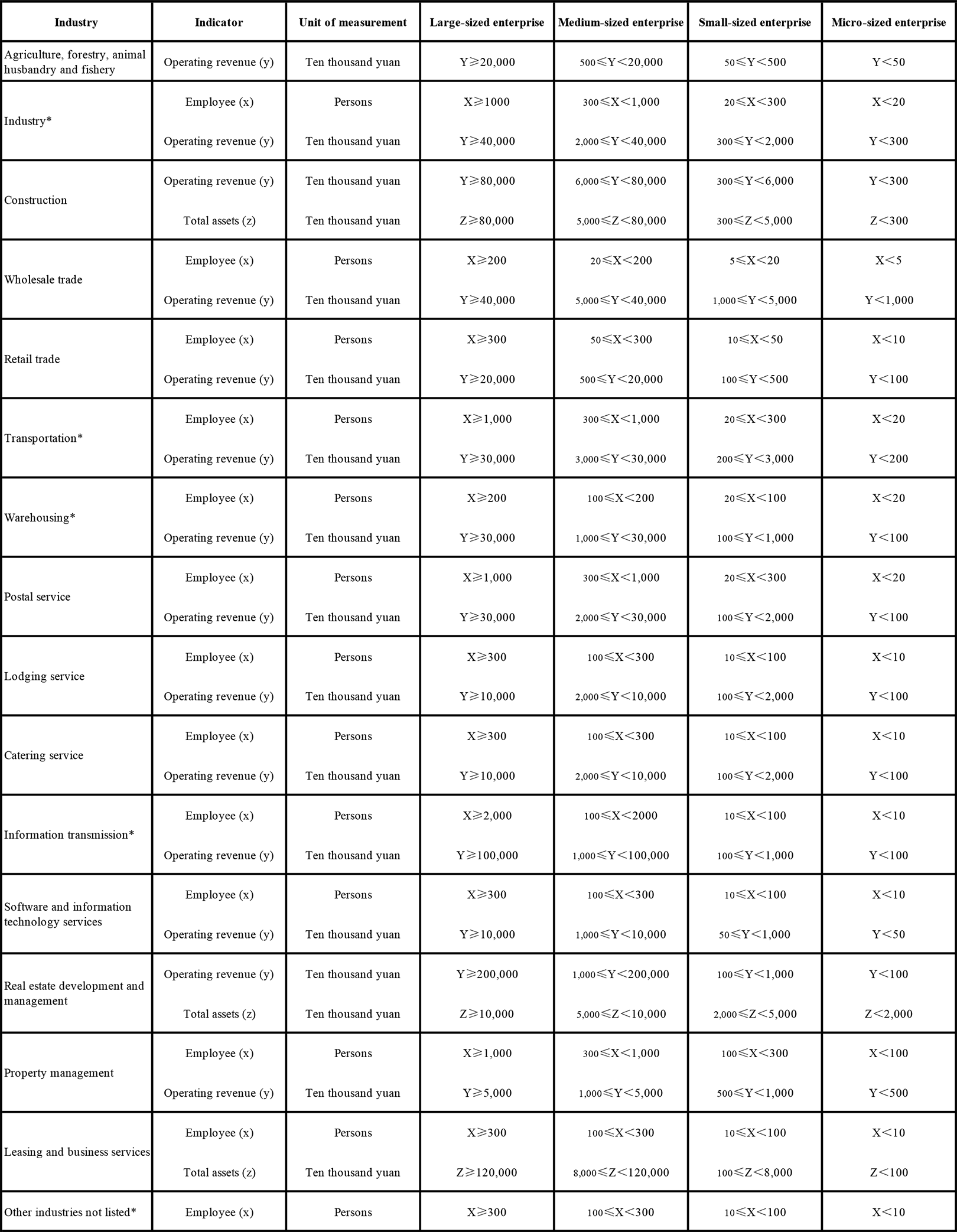
LARGE, MEDIUM AND SMALL SIZED ENTERPRISES
To support enterprise development of enterprises, Chaoyang District will provide customized services depending on their growth stages, and accelerate the construction of layered development and ecological patterns of large, medium and small sized enterprises. In particular, the district will focus on improving key enterprises' capability to provide services and ensure their needs of development by implementing the "innovating ways of working" mechanism, providing innovative ways of working, expanding communication channels, and speeding up the formation of a networked service system of city-district connection and departmental linkage.
The district will improve the system of the "Fengming Plan" for high-growth businesses to facilitate and accelerate their growth by providing "one-to-one" services with highlights on financial services, application scenarios, technology empowerment, and talent training, as well as tailored "growth package" services for such businesses.
In terms of serving Micro, Small and Medium Enterprises, the district will strengthen the "inclusive package" service to create a favorable environment for innovation and entrepreneurship and promote the healthy development of Micro, Small and Medium Enterprises by giving full play to the guiding role of policies and funds, and encouraging all kinds of professional institutions to provide them with inclusive financing, guarantee, training and other services.
Classification standard of large, medium, small and micro enterprises (Download PDF)

Notes:
1. Large, medium and small sized enterprises shall meet the lower limit of the listed indicators at the same time, otherwise they will be classified into the next level down; micro-sized enterprises only need to meet one of the listed indicators.
2. The scope of each industry in the attached table shall be subject to the Industrial Classification for National Economic Activities (GB / T4754-2017). The items with * are the categories of industry combination, in which industry includes mining, manufacturing, power, heat, gas and water production and supply; transportation industry includes road transportation, water transportation, air transportation, pipeline transportation, multimodal transportation and transportation agency, loading and unloading and handling, excluding railway transportation; warehousing industry includes general storage, low temperature storage and storage of dangerous goods, agricultural products, grain, cotton and other agricultural products, Chinese medicinal materials and other storage industries; information transmission industry includes telecommunications, radio and television and satellite transmission services, Internet and related services; other industries not listed include scientific research and technical services, water conservancy, environment and public facilities management, residential services, repair and other services, social work, culture, sports and entertainment, real estate intermediary services, other real estate industries, etc., excluding self-owned real estate operation activities.
3. The indicator of enterprise division shall be subject to the current statistical system.
- Employee refers to the number of employees at the end of the period. If there is no number of employees at the end of the period, the annual average number of employees shall be used instead.
- Concerning operating revenue, for enterprises of industry, construction, wholesale and retail trades above the designated size, lodging and catering services above the designated size and other industries, they shall adopt main operating revenue as the indicator; for enterprises of wholesale and retail trades below the designated size, they shall adopt commodity sales instead; for enterprises of lodging and catering enterprises below designated size, they shall adopt turnover instead; for agriculture, forestry, animal husbandry and fishery enterprises, they shall adopt gross operating revenue instead; for enterprises of other industries without main operating revenue, they shall adopt operating revenue as the indicator.
- Total amount of assets shall be replaced by gross assets.
